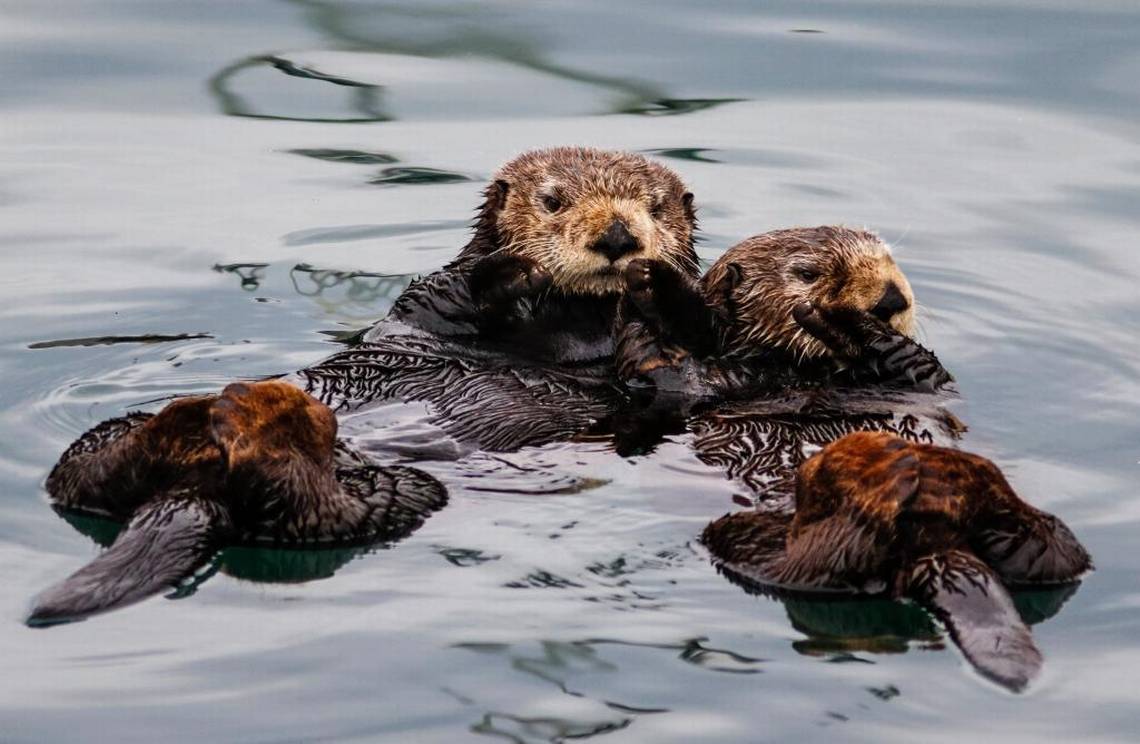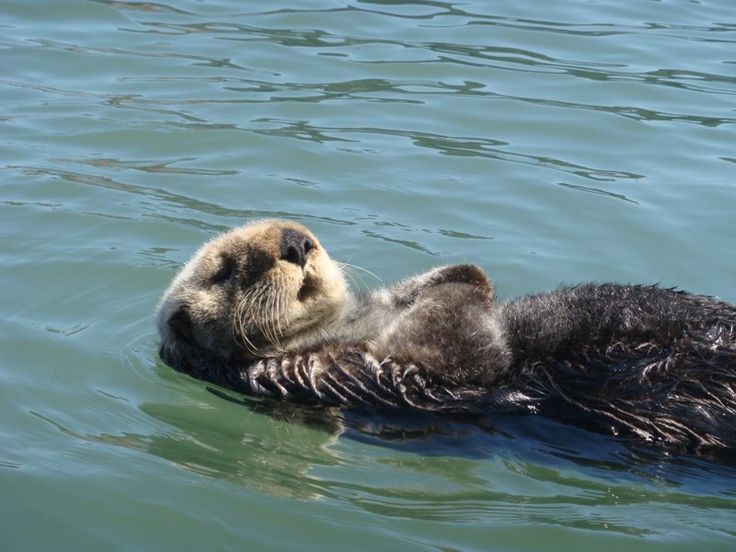Morro Bay, a picturesque estuary located on the central coast of California, is not just known for its stunning views and vibrant wildlife; it also plays a crucial role as a haven for one of the ocean’s most charming and charismatic creatures – the sea otter. With their playful behavior, remarkable adaptability, and vital role in marine ecosystems, sea otters in Morro Bay have captured the hearts of locals and visitors alike.
The Role of Morro Bay in the Sea Otter’s Habitat
Morro Bay serves as an ideal habitat for sea otters, offering a combination of calm, protected waters, rich kelp forests, and an abundance of marine life. Situated along the Pacific Ocean, Morro Bay is part of a larger network of protected areas on the Central Coast of California, making it a key location for sea otter populations. Sea otters thrive in shallow waters, where they dive for shellfish, crabs, and other bottom-dwelling creatures, using rocks or their own chests to crack open the tough shells.
The bay’s sheltered environment allows otters to rest, forage, and raise pups in a safe and nurturing space. The presence of Morro Rock, a famous landmark and natural feature of the bay, provides both a scenic backdrop and a protected site for sea otters to haul out and rest. These otters are often seen floating on their backs, either alone or in groups called “rafts,” enjoying the warmth of the sun and the calming waves.
Sea Otter Behavior and Adaptations
Sea otters are known for their playful behavior and remarkable intelligence. They are often seen floating on their backs, using their paws to manipulate food, and cracking open shellfish with tools like rocks. This behavior is not just cute—it’s essential for their survival. Sea otters lack the blubber that many marine mammals rely on to stay warm, so they have thick fur, the densest of any animal, which helps keep them insulated.
They are also skilled hunters, diving to depths of 150 feet or more in search of food. Their diet consists primarily of invertebrates such as crabs, clams, snails, and sea urchins, but they are also known to consume fish and small marine creatures. They are crucial to maintaining the balance of coastal ecosystems by controlling populations of sea urchins, which, if left unchecked, can devastate kelp forests.
Conservation Efforts for Sea Otters in Morro Bay
The sea otter population in Morro Bay, like many others along the California coast, faced a steep decline due to hunting in the 19th and early 20th centuries for their thick pelts. The species was nearly driven to extinction. However, since being granted protection under the Endangered Species Act, their numbers have slowly recovered.
Morro Bay is part of ongoing conservation efforts that have contributed to the sea otter’s slow but steady comeback. Local organizations, state agencies, and conservationists work together to protect sea otter habitats, monitor their populations, and ensure the health of the bay’s ecosystem. The Monterey Bay Aquarium’s Sea Otter Program has also been instrumental in rehabilitating injured otters and educating the public about the importance of protecting these creatures and their habitats.
Despite these successes, sea otters still face significant challenges. Oil spills, entanglement in fishing gear, and habitat loss continue to threaten their survival. Ongoing efforts are needed to ensure the species’ long-term recovery and stability. Protecting Morro Bay’s clean waters and healthy marine ecosystems is critical for the sea otter population and the broader biodiversity of the region.
A Unique Experience for Visitors
For visitors to Morro Bay, the opportunity to see sea otters in the wild is a highlight of any trip. Whether you are kayaking through the bay, enjoying a boat tour, or simply walking along the waterfront, it’s not uncommon to spot these adorable marine mammals swimming, foraging, or lounging on the water’s surface. Their curious nature often brings them close to boats, allowing for up-close encounters that are both educational and awe-inspiring.
Educational programs at local nature centers and the nearby Morro Bay State Park offer further insight into sea otter behavior and conservation efforts. Visitors can learn about the critical role these animals play in maintaining the health of marine ecosystems, as well as how they are monitored and protected through ongoing scientific research.
The Importance of Sea Otters in the Ecosystem
Sea otters are a keystone species, meaning their presence and health have a disproportionately large impact on the ecosystem around them. As voracious consumers of sea urchins, they prevent overgrazing of kelp forests, which are vital to the overall health of the ocean ecosystem. Kelp forests provide food and shelter for countless marine species, from fish to invertebrates, and act as carbon sinks, helping mitigate climate change. Without sea otters, sea urchin populations would explode, devastating these essential underwater forests and the biodiversity they support.
In this way, sea otters help maintain the ecological balance of Morro Bay and the greater Central Coast of California. By protecting otters, we are also safeguarding the intricate marine ecosystems that they help regulate and sustain.

Conclusion
Morro Bay is a vital and beautiful sanctuary for sea otters, offering these remarkable creatures a safe haven to live, forage, and thrive. As one of the few places in California where sea otters can be seen in their natural habitat, it provides a unique opportunity for both locals and visitors to witness the beauty and importance of these creatures. Through continued conservation efforts, we can ensure that future generations will be able to enjoy the sight of these fascinating animals floating effortlessly in the waters of Morro Bay, a symbol of the health and vitality of our oceans.



